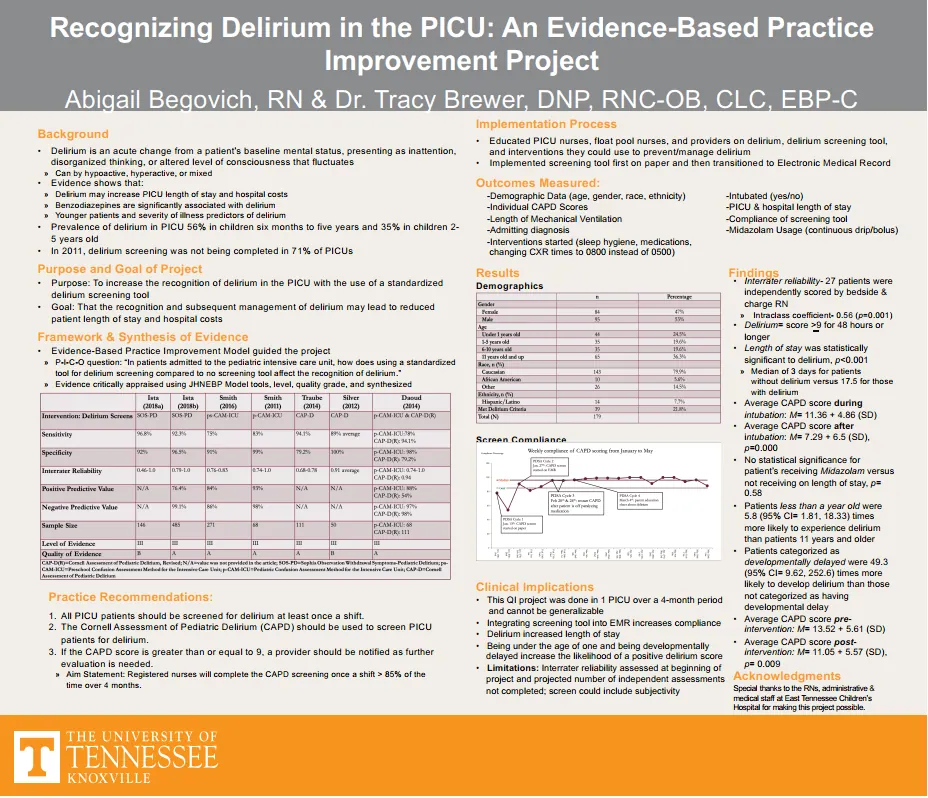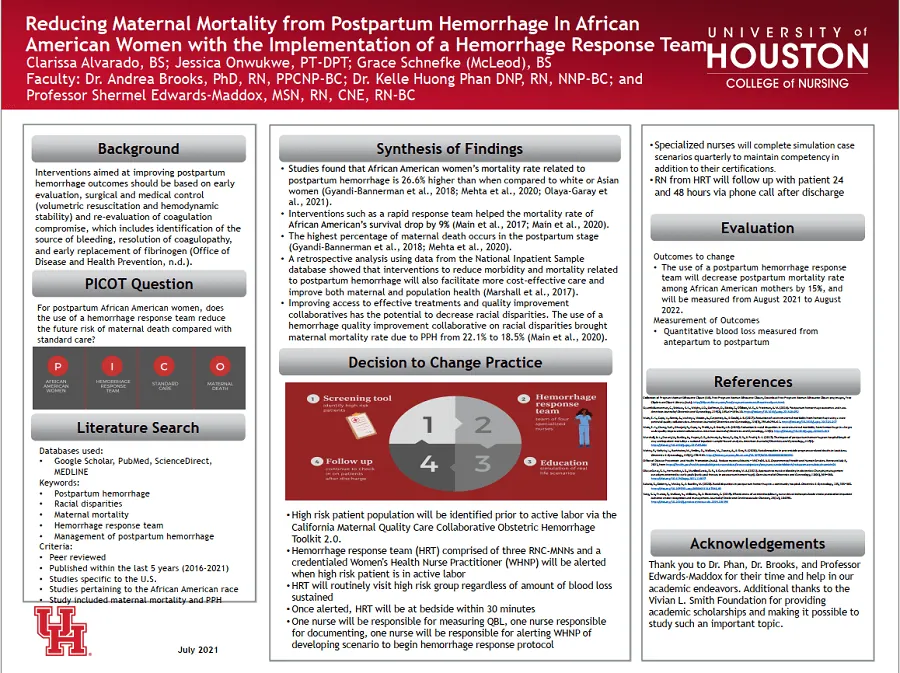How to Create an Effective Poster Presentation (A Nurse Student?s Guide)
 When preparing to present a thesis, capstone project, or dissertation, it is best to create an abstract poster. The poster will help you to give potential attendees the information they need to decide if they will attend your presentation.
Nurses, clinicians, and researchers share information on programs they develop or their studies through abstract posters. It aids in sharing clinical wisdom and advancing the knowledge of nursing and other healthcare professionals. Presenting poster abstracts is a common practice in conferences and seminars.
In this post, we will reveal everything you need to know about creating an abstract poster. You should be able to create a brilliant abstract poster when you read this article.
When preparing to present a thesis, capstone project, or dissertation, it is best to create an abstract poster. The poster will help you to give potential attendees the information they need to decide if they will attend your presentation.
Nurses, clinicians, and researchers share information on programs they develop or their studies through abstract posters. It aids in sharing clinical wisdom and advancing the knowledge of nursing and other healthcare professionals. Presenting poster abstracts is a common practice in conferences and seminars.
In this post, we will reveal everything you need to know about creating an abstract poster. You should be able to create a brilliant abstract poster when you read this article.
What Is a Poster Abstract?
An abstract poster, aka poster abstract, is essentially an advertisement for a research presentation, and it is prepared by the research author to give potential presentation attendees a glimpse of the research. A poster abstract is typically 300 words long, and it takes between 30 minutes to 60 minutes. Writing takes longer because it involves summarizing an entire research project into a one-page summary. A good poster abstract uses a few sentences to capture the essence of a research project perfectly, and it is not and should never be just a basic summary of a research project. When asked to write a poster abstract for a conference, you will most likely be given some requirements to follow. The requirements will undoubtedly include the format to follow, the word limit, and the deadline to adhere to. A well-written abstract describes the research questions, PICOT questions, or clinical problems. It also entails the methods used to address the clinical issues and the significance and implications of the results.Parts of A Poster Abstract
When tasked to write a poster abstract, or if you are doing one for an upcoming nursing or interprofessional conference relevant to your field, you must make sure it includes the following parts:- Title and Author (s). This comes in the top section of the poster, and it includes the title and names of the contributing authors. The poster's title should be the same as the abstract, and it should be clear, concise, and in an easy-to-read font. You should include the credentials and institutional affiliations of the authors and add organizational logos if possible.
- Background: Your poster abstract should begin by providing the background of your research project, and it should do this by introducing the problem you investigated in your research.
- Methods: Your abstract poster should have a methods section that explains the ?how? of your project. In this part of your poster, you are supposed to summarize how you did your project. One or two sentences are enough for this part; unnecessary words are unnecessary.
- Results: The results part of your abstract is perhaps the most important since it is where you highlight your most important findings. Highlight your key findings here without offering any interpretations or explanations. Let those interested in the interpretation and discussion part of your research attend your presentation.
- Conclusion: This should be the last part of your poster abstract. It should present the reader with a brief overview of the conclusions you made in your research, and it should also mention the implications of your study.
- Future Plans: This section can include a few sentences of recommendations for some research or plans to follow up on the initiative or program.
- References: List all your references in alphabetical order.
- Acknowledgments: Acknowledge any contributors, funding agencies, and institutions.
- Background
- Purpose and goal statement
- Framework and synthesis of evidence
- Practice recommendations
- Implementation process
- Outcomes measures
- Results
- Findings
- Clinical implications
 If you are focusing on a change project or a Quality improvement project, it will include the background; PICOT question; literature search, synthesis of findings; recommended changes to practice; evaluation; references; and acknowledgments. See the attached example from the University of Houston (College of Nursing)
If you are focusing on a change project or a Quality improvement project, it will include the background; PICOT question; literature search, synthesis of findings; recommended changes to practice; evaluation; references; and acknowledgments. See the attached example from the University of Houston (College of Nursing)

Order Now